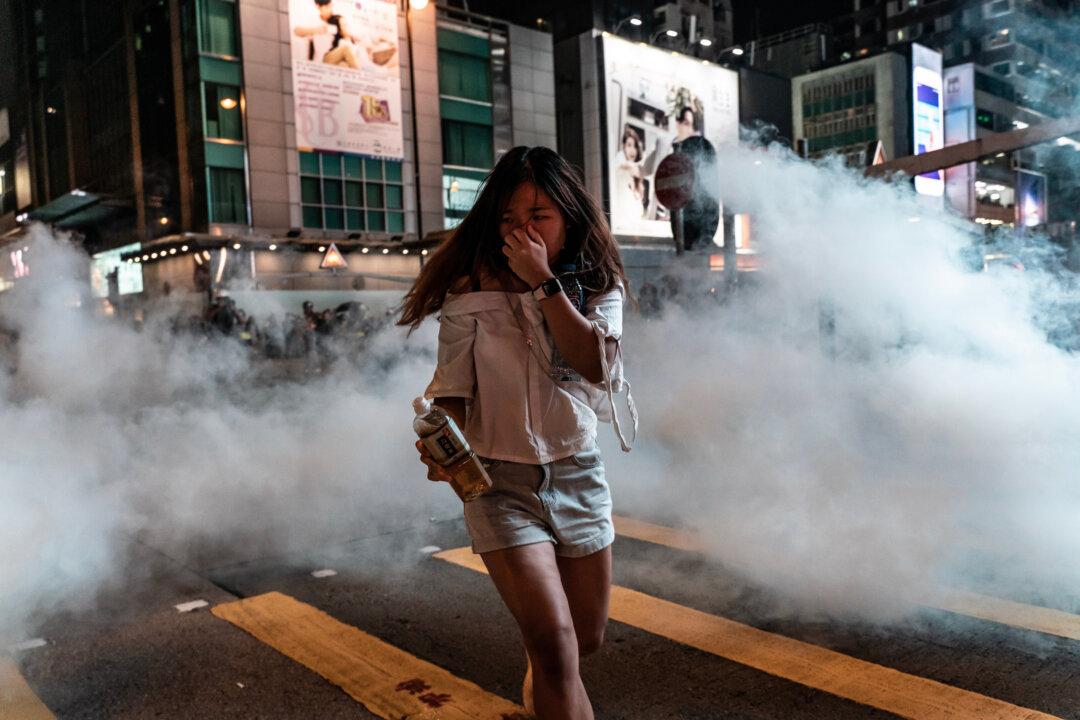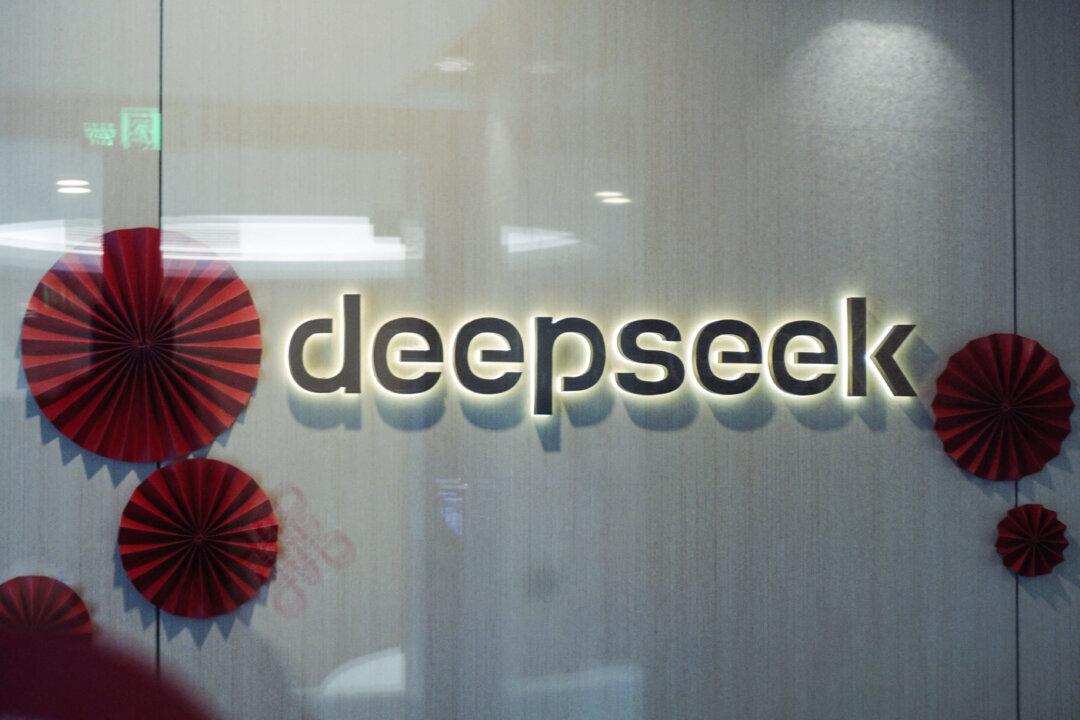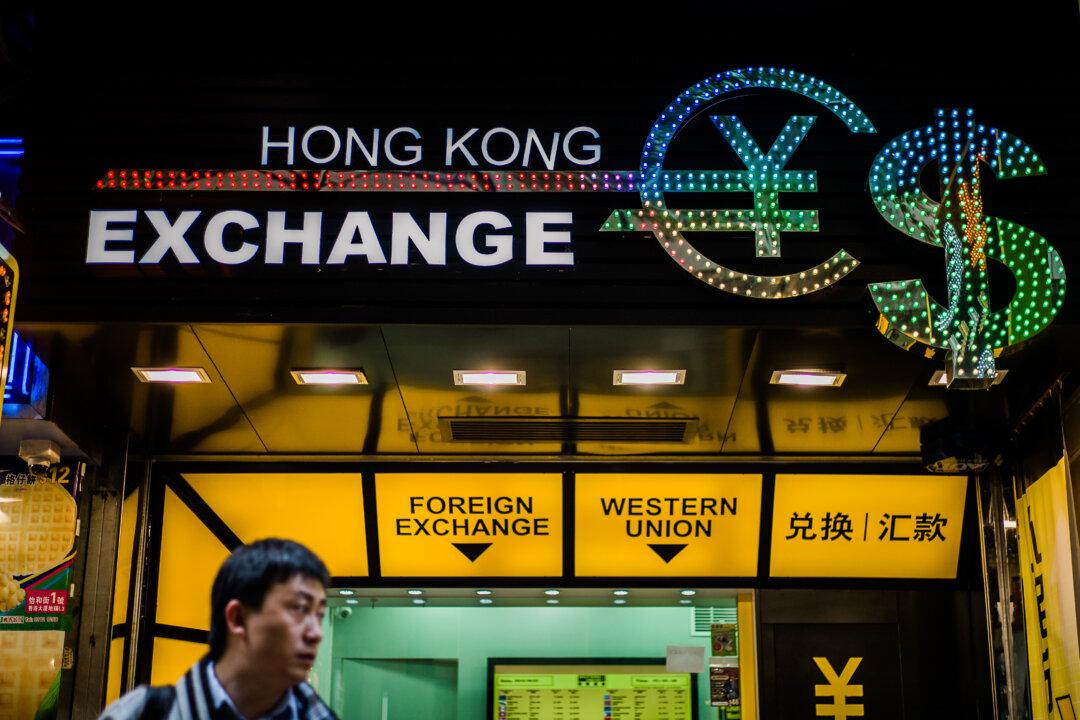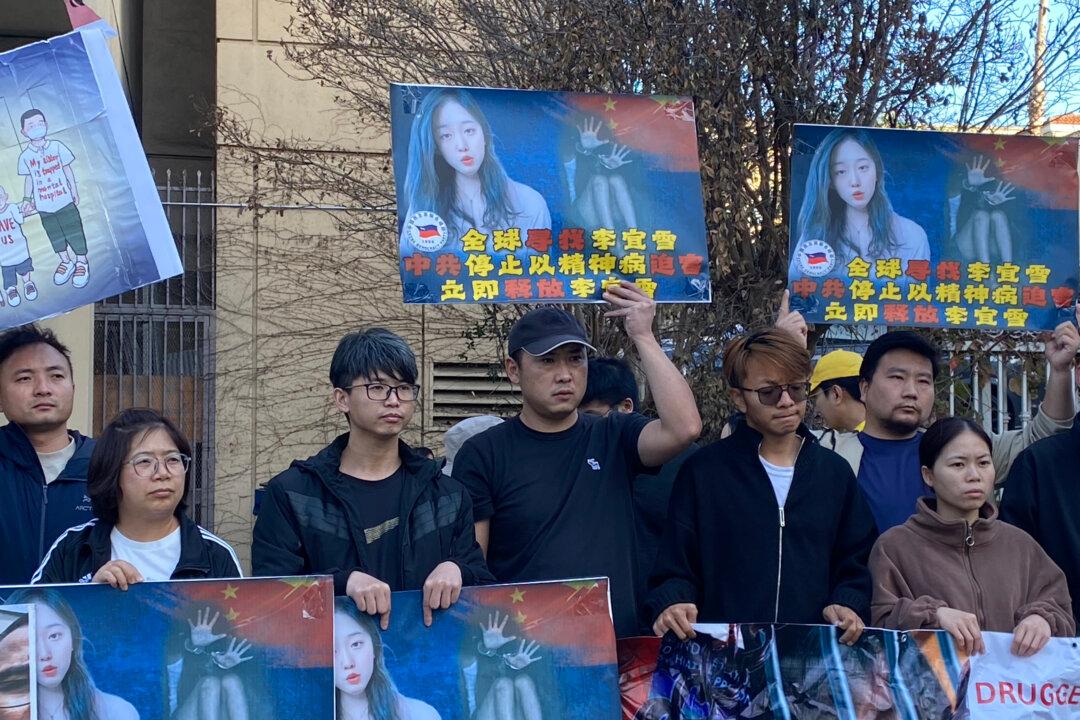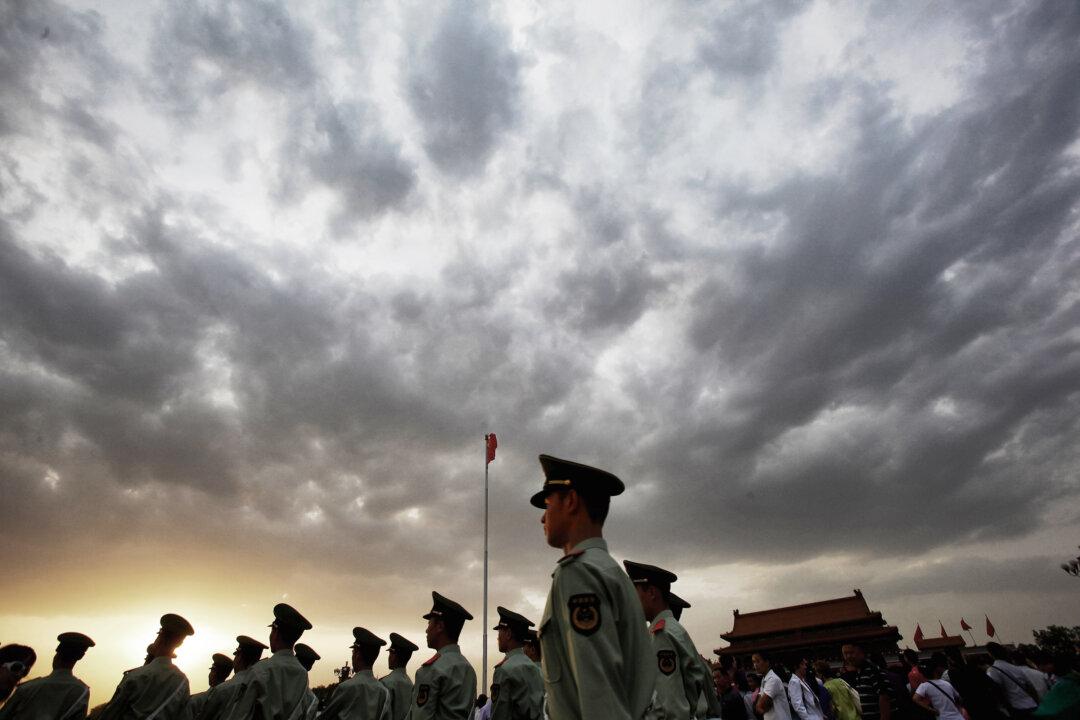At an Independent Police Complaint Council (IPCC) meeting on 21 June, a representative of the Hong Kong police said that tear gas does not cause health or environmental harm. However, on the same day, the Hong Kong High Court received a claim that tear gas had caused serious damage to a building.
At the IPCC meeting, the police spokesperson said they had received a total of 1,949 complaints related to the Anti-Extradition Law Amendment Bill Movement by the end of May, of which over 30 percent (618) were general complaints and 263 were serious allegations, including police abuse of power, assault, and intimidation.
